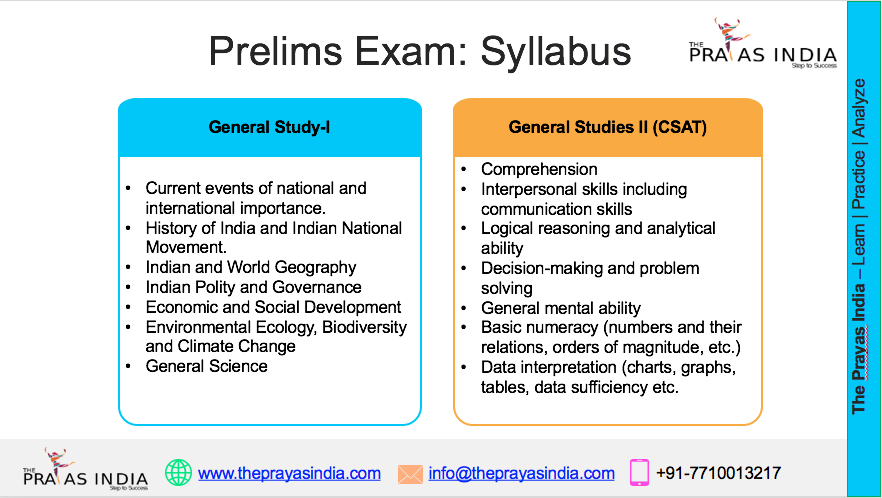PRATUSH Leads the Way: Small Device, Big Cosmic Secrets—Listening to the Universe’s First Stars
Recent advances in space technology have ushered in a revolutionary project—PRATUSH, a pioneering radiometer designed to probe the Cosmic Dawn, the epoch when the very first stars and galaxies illuminated the Universe.
| Component | Description / Key Features & Specs |
|---|---|
| Full Name | PRATUSH (Probing Reionization of the Universe using Signal from Hydrogen) |
| Developed by | Raman Research Institute (RRI), Bengaluru, India Funded by Department of Science and Technology (DST) |
| Purpose | Study first stars and galaxies during Cosmic Dawn Detect faint 21-cm hydrogen signals |
| Payload Type | Lunar-orbit radiometer with antenna and digital receiver controlled by SBC Compact, low-weight, low-power design |
| Controller | Single-board computer (SBC, e.g., Raspberry Pi 4 Model B equivalent) Quad-core Cortex-A72, 1.5 GHz, 8 GB RAM, USB3/GbE ports |
| Analog Receiver | Amplifies, calibrates, and conditions signals; includes in-situ Vector Network Analyzer (VNA) Performs bandpass calibration, noise reduction |
| Digital Receiver | ADC sampling at 250 MHz (4 ns), FPGA for FFT and correlation 12-bit resolution ADC, Virtex-6 FPGA, 16384-point FFT |
| Software | Runs Debian-based OS with real-time kernel; uses MIRIAD for data analysis and calibration Handles data acquisition, RFI flagging, calibration |
| Data Storage | Supports SD cards up to 1 TB; dual partitions for OS and data Ensures high capacity and fast access |
| Mission Environment | Planned lunar orbit (far side of the Moon), radio quiet zone Minimizes Earth noise and ionospheric interference |
| Sensitivity | Thermal noise as low as a few millikelvins at 244 kHz frequency resolution Enables detection of faint Cosmic Dawn signals |
| Scientific Goals | Map Cosmic Dawn, understand early star formation, inform cosmology models Provide new insights on Cosmic reionization |
About PRATUSH and Its Mission
Developed by the Raman Research Institute (RRI), Bengaluru, PRATUSH stands for Probing ReionizATion of the Universe using Signal from Hydrogen. It is a compact digital receiver system based on a single-board computer (SBC) roughly the size of a credit card, specifically engineered to detect faint radio signals emitted by hydrogen atoms during the earliest phase of cosmic history.
Planned to be deployed in lunar orbit, specifically on the Moon’s far side, PRATUSH benefits from the radio-quiet environment free from Earth’s ionospheric distortions and electromagnetic interference, enabling clear detection of the elusive 21-cm hydrogen line signal.
The Cosmic Dawn: Our Universe’s First Light
The Cosmic Dawn marks the time when the first stars ignited, ending the primordial darkness following the Big Bang. This marked a fundamental transformation called “reionisation,” when hydrogen gas was ionized by intense radiation from these stars, ultimately shaping the formation of galaxies and large-scale cosmic structures we observe today.
Detecting signals from this era is tremendously challenging: the faint 21-cm signals are drowned by stronger man-made radio interference on Earth. PRATUSH’s lunar vantage point provides the perfect observational window to unveil these faint cosmic whispers.
Innovative Design and Technical Mastery
The heart of PRATUSH is its master controller SBC, a sophisticated yet lightweight computer akin to a Raspberry Pi. This SBC orchestrates the entire instrument, managing antenna functions, the analog receiver, and a powerful FPGA chip that processes streams of cosmic radio data. It records, stores, and calibrates high-speed data ensuring optimum performance in the harsh conditions of space.
Some key innovations include:
- Minimalist Hardware: Reduced size, mass, and power consumption critical for space payloads
- Ultra-sensitive Radiometry: Laboratory tests demonstrated noise levels as low as a few millikelvins, attesting to its ability to detect the faint Cosmic Dawn signals
- Advanced Software: Next-generation upgrades enhance precision and data integrity for future mission success
Scientific and Global Significance
PRATUSH represents a new generation of low-mass, high-efficiency space science payloads that enable unprecedented insights into the universe’s infancy. By detecting hydrogen radio signals, PRATUSH may uncover how the first stars formed, how cosmic structures evolved, and even open doors to physics beyond current models.
Moreover, PRATUSH exemplifies how India is contributing decisively to global cosmic exploration through cutting-edge technology and innovative design—showcasing how small, smart tech can solve some of the biggest mysteries of our universe.




![Prayas-तेजस [UPSC CSE Sociology Optional] – Online & Offline](https://theprayasindia.com/wp-content/uploads/2025/09/Prayas-तेजस-UPSC-CSE-Optional-Subject-The-Prayas-India-300x300.png)
![Prayas-सूत्र [UPSC CSE Materials (Hardcopy)]](https://theprayasindia.com/wp-content/uploads/2025/09/Prayas-सूत्र-UPSC-CSE-Study-Materials-Hardcopy-The-Prayas-India-300x300.png)
![Prayas-मंत्रा [UPSC CSE CSAT]](https://theprayasindia.com/wp-content/uploads/2025/09/Prayas-मंत्रा-UPSC-CSE-CSAT-The-Prayas-India-300x300.png)
![Prayas सारथी [UPSC CSE One on One Mentorship]](https://theprayasindia.com/wp-content/uploads/2025/09/Prayas-सारथी-UPSC-CSE-One-on-One-Mentorship-The-Prayas-India-300x300.png)










